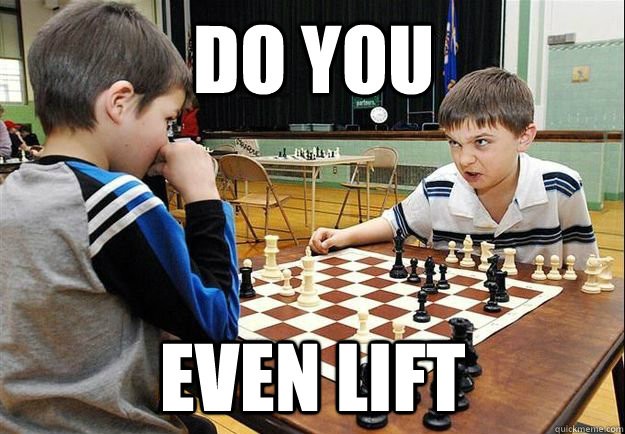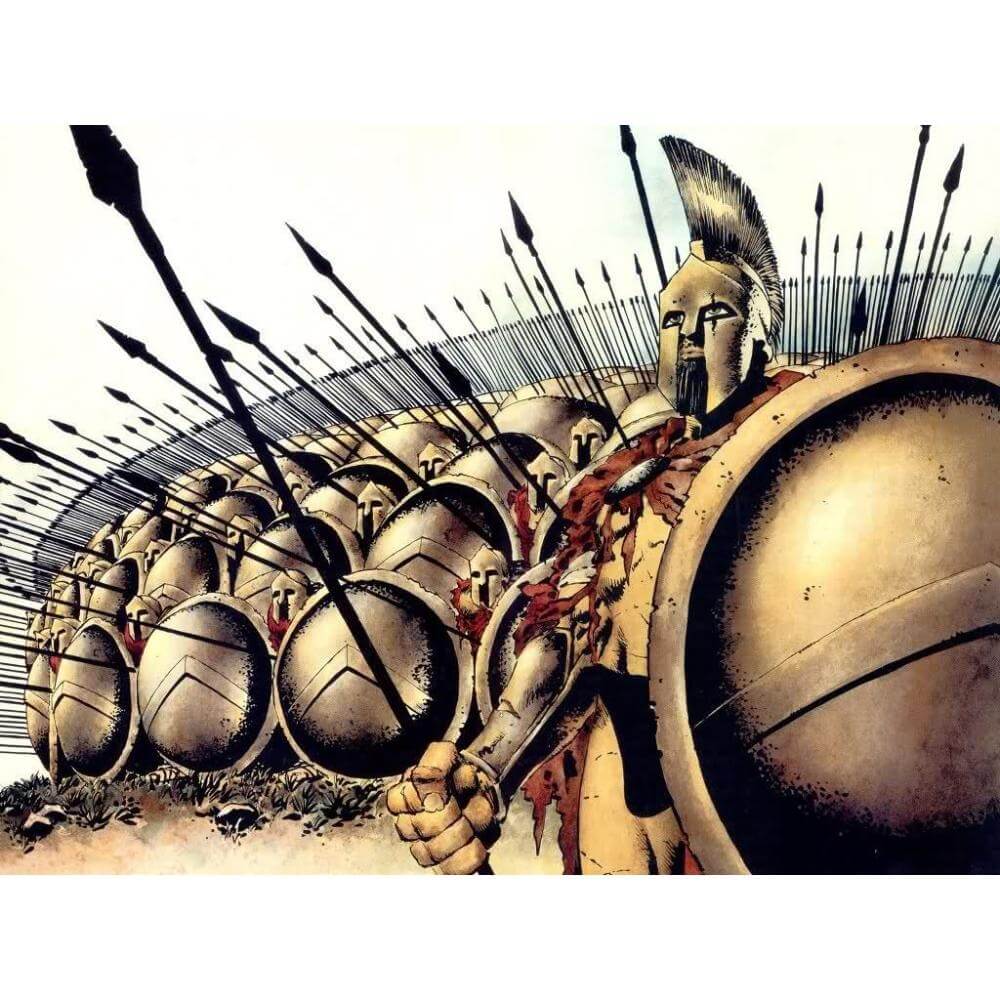I’ve always loved the concept that Jujitsu is human chess – probably because I played competitive chess back in high school.
Practice usually revolved around drilling certain chess scenarios, working through concepts, and then open matches with teammates.

Competition chess is also about gaining the smallest advantages. Matches between grand masters are often a few precious victories followed by a series of draws. A skilled player can often stall out an opponent and prevent defeat, much like how a BJJ black belt can hold onto a points lead in a match or can prevent being submitted.
The comparison goes a lot further than that. Many people think that becoming a chess master is about learning to think through moves and being 5 steps ahead. In reality, the core of offense in chess revolves around major tactics. Much of Chess’ major strategies have remained unchanged over the years. However, players tie together various sequences, openings and strategies in near limitless combinations (sound familiar?). By using all of these tactics, a chess master can fully maximize their advantages and minimize their losses. Chess players who don’t understand or use all these tactics can’t really consider themselves experts.
Going through each one, ask yourself if you use the jujitsu equivalent of these tactics.
Discovered Attack
move a piece to create an attack for another
In jujitsu, your limbs and those of your opponent represent the chess pieces of the playing board.
Discovered attacks have the advantage of preparation. You can move one piece of your body into an unthreatening position, but then transform that same position into a nightmare. A great example of this is within closed guard. A player might not feel threatened by a weak lapel grip only to find himself in a Brabo choke as his opponent drags the arm across his body.
Forks
use one piece to attack two places simultaneously
Forks are easy to compare to jujitsu. Great submission fighters will often threaten two submissions from the same technique.
When you apply an omoplata do you go for the wrist lock? Do your triangles also threaten your opponent’s elbow with an armbar?
A good example is the basic judo choke used by Josh Barnett in Metamoris 4. Did Dean Lister tap from the inability to breathe from the huge weight on his chest, or from a neck crank? Techniques that attack two points at the same time are demoralizing and cause a lot of confusion.
Pins and Skewers
attacking a piece that the opponent will move away allow you to attack something behind it
Pins and skewers struck me as the easiest chess tactics to compare to jujitsu. Most BJJ folks would call these baits or trap techniques.
In chess, pins are when you make it so your opponent can not move a lesser piece, because a high value is piece is behind it.
A skewer would be the reverse – meaning you force your opponent to defend a high value piece at the cost of a lesser one.
The concept applies directly to Brazilian Jiu-Jitsu sweep attempts. By prompting a strong defense to a sweep, the opponent opens themselves to a submission attempt and vice-versa. In the end, in chess (and BJJ) learning good counters to common defensive sequences can lead to new offense. The clip below from Ralph Gracie Black Belt, Kurt Osiander, clearly demonstrates this concept. The opponent can choose to counter the sweep but in doing so, will leave himself vulnerable to an armbar.
Removing the Guard
performing an attack with the express purpose of drawing a defense
Ever do a move just to prompt a common response? The essence of “remove the guard” is to attack, knowing your opponent will defend a particular way, and being ready to counter the defense. The same scenario is common in jujitsu.
The most painful personal example I can think of relates to wrist locks from the top of side-mount. My opponent has me pinned and lifts his chin slightly up. I know that I want my forearm in front of his throat. When I circle my forearms underneath his neck BOOM! I find myself in a wristlock! Definitely a must have for the jujitsu arsenal!
Zugswang AKA “Compulsion to Move”
to put an opponent in a position where all moves weaken them
The old saying, “between a rock and a hard place” applies here. So you’re stuck in this horrible position where the only “reasonable” thing to do is try and sit still. Against a quality opponent, this always leads to horrible things. In a self defense scenario sitting still just isn’t an answer and doing so in sparring is equally a weak move. Sometimes you need to roll the dice and go for the escape that gives you the best chance for success.
Here is a video of Saulo Riberio walking through a position like this from the back. Either way you go, you’re walking into something. (Explanation starts at 1:55)
Zwischenzug AKA”Intermediate Move” :
to create a devastating attack in response to an opponent’s attack rather than defending
The best defense is a good offense right? The most obvious example of Zwischenzug is the dueling leg lock. Your opponent goes for a straight ankle lock, and you respond with a heel hook. Perhaps you’re getting choke with a bread cutter choke, and rather than trying to escape, you apply the same choke right back.
It’s important to remember that it doesn’t matter how close you were to tapping if your opponent does it first. Much like in chess, countering an attack with an attack of your own is an act of will and your mindset will play a heavy part in your success rate.

The Fool’s Mate:
an attack that can be avoided if known, but causes almost certain defeat if not
Fool’s mate feels cheap to lose to. A game is just starting out, there’s a confusing opening sequence and then suddenly you’ve lost. This type of technique is only really defeated through experience. Great examples of this in BJJ are wrist locks and leg locks and to a lesser extent new positions like berimbolo and 50/50 . The first time you leave your wrist dangling in an odd position and find yourself screaming “Tap!” out of the blue you never forget. Another example would be passing into the spider-guard lasso and getting bicep-crushed. Grapplers should work and master these fool’s mate positions to both avoid them and utilize them on unsuspecting opponents.




